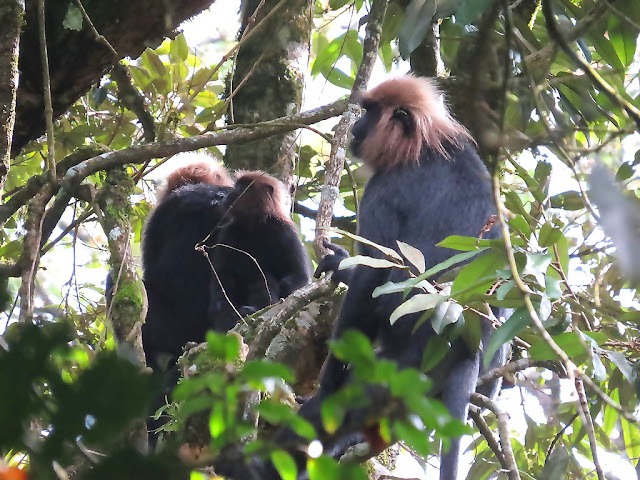Syllabus
GS 3: Environment
Context:
Recently, the National Board for Wildlife’s Standing Committee has given initial approval to divert forest land in Karnataka’s Sharavathi Valley Wildlife Sanctuary.
More on the News
- The NBWL Standing Committee approved the diversion of 142.76 hectares of land during its 84th meeting on June 26, 2025.
- This includes 39.72 hectares from the eco-sensitive zone around the sanctuary and is intended for the Sharavathi Pumped Storage Project.
- The Project is to be executed by Karnataka Power Corporation Limited in the Shivamogga and Uttara Kannada districts.
- The approval supports a 2,000 MW pumped‑storage hydroelectric project harnessing the existing Talakalale and Gerusoppa reservoirs.
- This approval came despite concerns about ecological damage, questions over the project’s feasibility and the lack of forest clearance.
About Sharavathi Pumped Storage Hydroelectric Project
- The Sharavathi Pumped Storage Hydroelectric Project (PSHP) is a proposed 2,000 MW underground pumped hydro power station on the Sharavathi River in Karnataka.
- Plans include an underground powerhouse housing eight 250 MW reversible Francis pump-turbine units.
- They are connected by five tunnels between the upper Talakalale Dam (~62 m tall) and the lower Gerusoppa Dam (~64 m).
- Off peak electricity will pump water uphill to the Talakalale reservoir; during peak demand, water flows downhill to generate power—a “water battery” system.
About Lion‑Tailed Macaque
- Native to the fragmented rainforests of Karnataka, Kerala, and Tamil Nadu in India’s Western Ghats.
- lives mostly in the upper canopy of tropical moist evergreen forests.
- IUCN Red List: Endangered
- CITES: Appendix I
- The Wildlife (Protection) Act, 1972: Schedule I
Environmental Concern
Ecological Damage: Located within the Sharavathi Valley Lion‑Tailed Macaque Wildlife Sanctuary, part of a UNESCO-recognized Western Ghats biodiversity hotspot.
- Approx 360 acres (133–150 ha) of forest to be affected.
- Endangered species include lion-tailed macaques, Great Indian hornbills, king cobras, and others.
Habitat Fragmentation: Clearing around 15,000 trees and constructing new roads/tunnels disrupt wildlife corridors and canopy canopy integrity critical for macaque movement.
Questionable Economics: Efficiency around 80–81%: consumes ~14,833 MWh to generate ~12,000 MWh annually—it’s a net energy consumer, though profitable by arbitraging peak/off-peak electricity
Local Displacement: Communities in Henni, Gundibylu, etc., face second-time displacement with concerns around inadequate compensation and lack of transparency.
Key facts about Sharavathi River
- Forms Jog Falls, among the highest waterfalls in India (253 m drop)
- Lies mostly within the Western Ghats, a global biodiversity hotspot
- State: Western Karnataka
- Origin: Rises in the Western Ghats
- Direction: Flows westward — one of the few Indian rivers to do so
- Mouth: Drains into the Arabian Sea at Honavar, Uttara Kannada district
- Length: 128 km
- Basin Area: 2,985 sq km
- Tributaries: Nandihole, Haridravathi, Mavinahole, Hilkunji, Yennehole, Hurlihole, Nagodihole



